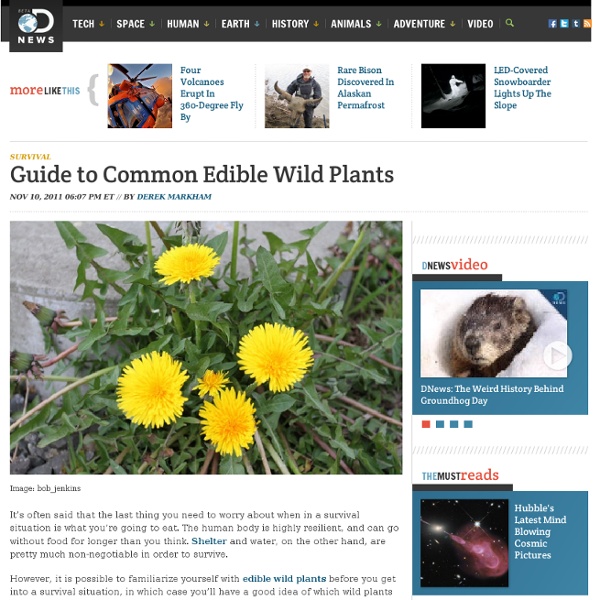The 10 best treks in the world
These 10 classic treks are for serious walkers. All of them require a sturdy pair of lungs, fit legs and a good amount of preparation. However, if you choose to go on any of these trails then you will be rewarded with experiences that last a lifetime. 1. Image by Jean-Baptiste Bellet This demanding 15- day (168km, 104mi) slog through Corsica is legendary for the diversity of landscapes it traverses. 2. Image by funkz This 33km (20mi) ancient trail was laid by the Incas and is currently traversed by thousands each year. 3. Image by Crazy Joe Devola ‘The land of the Dogon people’ is one of Africa’s most breathtaking regions. 4. Image by lampertron Reaching a height of 5,545m (18,193ft) at Kala Pattar, this three-week trek is extremely popular with those who want to be able to say, ‘I’ve been to the base of the world’s highest mountain’. 5. Image by Chandramohan Burly V Fewer folk trek on the Indian side of the world’s greatest mountain range. 6. Image by brewbooks 7. Image by kiwinz 8. 9. 10.
cooking conversions - StumbleUpon
Urban Physic Garden
Disease-Fighting Plants: 7 Delicious Herbs that Pack a Powerful Antimicrobial Punch
Disease-Fighting Plants: 7 Delicious Herbs that Pack a Powerful Antimicrobial Punchby www.SixWise.com Adding herbs to your favorite dishes adds flavor, variety and color. Antimicrobial herbs provide all of that - PLUS they give your health a major boost. Antimicrobial herbs have a unique ability to destroy and inhibit the growth of disease-causing microorganisms. This takes major stress off of your immune system, helping to stimulate it and thereby helping you to fight off a wide array of potential infections. Antimicrobial herbs are capable of taking on a large variety of microorganisms, such as: Bacteria Mold Parasites Viruses Yeasts Other living organisms You may already be familiar with the following antimicrobial herbs, but their potent disease-fighting properties may surprise you. 1. Chili peppers contain a substance called capsaicin, which is what makes them so spicy (the spicier the pepper, the more capsaicin it contains). Did you know? 2. Did you know? 3. Did you know?
Spirit Vaults : Meditation - Essay
It seems everyone is interested in meditation...talking about the wonderful benefits, recommending classes and discussing the different ways to "do it". But, for a beginner, just what is "it"? And how do you do "it"? Our busy, hectic, lifestyles may seem to prohibit this peaceful practice, or provide a convenient "excuse" not to begin, or continue, to meditate...but, the happy news is, you CAN successfully benefit even if you practice for short periods. With the simple technique described below, you will begin and incredible journey. Sit comfortably, preferably upright and alert. To sit on a mat, cushion or pillow, sit cross-legged, half or full lotus, depending on your ability. You may close your eyes (unless this causes you to fall asleep) or gaze with almost-closed eyes as if looking downward and inward. Traditionally, the best times to practice are upon arising and in the evening or before bedtime. Joi Eden is the co-founder, along with Betty Sun, of Stillness In Motion, Inc.
Cooking Techniques for Beginner and Intermediate Cooks
8 Tips For Better Bread Making How to Bake Great Bread at Home Many people are extremely intimidated by bread making. I’ve heard folks say everything from “I’m afraid of yeast,” to “I can’t make bread.” And that last is usually before they even try their hand at it. With the proliferation of helpful tools–everything wonderful bread cookbooks to stand mixers […] Continue Reading » Simple Reduction Sauce How to Make a Simple Reduction Sauce A reader wrote to me to say that he cannot make a reduction correctly. Continue Reading » London Broil London Broil – Meat Cut or Cooking Technique? Continue Reading » 8 Tips To Grill Like A Pro Become A Better Grill Master With These Simple 8 Tips I’m often asked by home cooking enthusiasts how to grill like the pros do. Continue Reading » Steaming Technique | How to Steam Food All About Steaming Steaming is a moist heat cooking method. Continue Reading » The Secret To Great Saute Continue Reading » Saute Cooking Videos Continue Reading » Continue Reading »
Plant Teacher - Entheogens and Healing Herbs
The Fifteen Most Fabulous Herbal Sedatives : Kitchen Table Medicine
Do you ever just feel like you need to take a pill to take the edge off? Well a lot of us get extra stressed around the holiday season, and if you don’t want to take something that will totally knock you out, try a gentle relaxing cup of sedative tea instead of popping a pill. Now opinions may slightly differ amongst herbalists as to what the best herbal sedative is, but I think we can all agree that the best herb is the one that works best for the individual. #3 Schisandra- Referred to as “Chinese Prozac” this herb is commonly unappreciated and underutilized in American herbal practice. #7 Lavender- Try adding lavender to your favorite baked good recipe. #9 St. #10 Red Clover- Not traditionally recognized as a sedative, but as a mineral source and blood thinner, this “cooling” herb calms the system and has a special affinity to the lungs, throat, and salivary glands. #15 Chamomile- One of the most common kitchen herbs, chamomile is a great mild sedative and digestive bitter.



